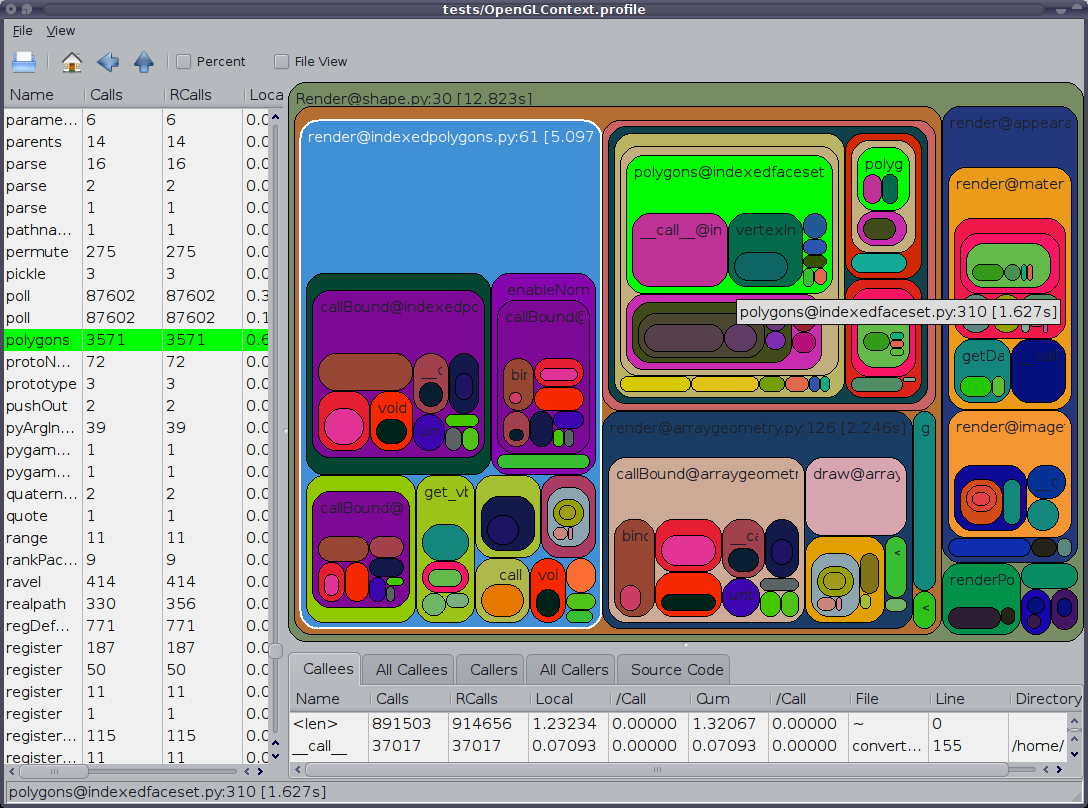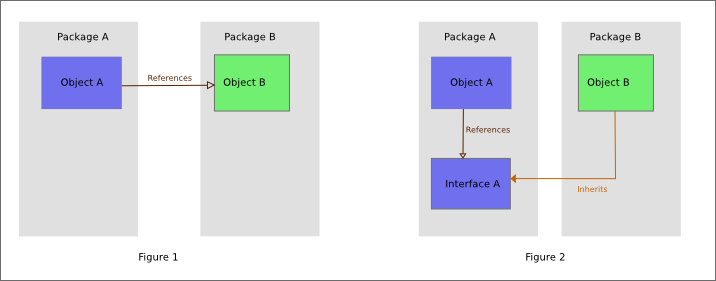Performance tools
and
Testing techniques
Context
- What is performance?
- Benchmark testing
- Snake tools
- Memory
- Testing
- T and/or B DD
- Testing techniques
- Testing Ontology
What is Performance?
The speed at which a computer operates, either theoretically during a benchmart test. The benchmark test usually involves some combination of work that attempts to imitate the kinds of work the computer does during actual use. Sometimes performance is expressed for each of several different benchmarks.
The total effectiveness of a computer system, including throughput, individual response time , and availability.
Benchmark Testing
Involves both developers and database administrators (DBAs) to determine current performance and make changes to improve the performances of the same.
- Benchmark Testing should be performed on the same environment with the exact same parameters under same conditions so that we can compare the results.
-
Other applications should not be in active state other than the ones that are required for testing purposes.
-
The SW and HW components should be in-line with the specifications of the production environment.
What is code profiling?
- A profile is a set of statistics that describes how often and for how long various parts of the program executed.
- Python provides 3 different implementations of the same profiling interface: cProfile, profile and hotshot
- Use together with timeit to perform benchmark testing
cProfile
-
ncalls - the number of calls
-
tottime - the total time spent in the given function ( excluding time made in calls to sub-functions)
-
percall - is the quotient of tottime divided by ncalls
-
cumtime - is the cumulative time spent in this and all subfunctions (from invocation till exit).
-
percall - is the quotient of cumtime divided by primitive calls
-
filename:lineno - provides the respective data of each function
Returned data
cProfile Usages
python -m cProfile [-o output_file] [-s sort_order] myscript.pyfrom cProfile import Profile
profiler = Profile()
profiler.runcall(self._handle, *args, **options)
# profiler.run(self._handle, 'output')
profiler.print_stats() Memory Profiler
from memory_profiler import profile
@profile(precision=4)
def my_func():
a = [1] * (10 ** 6)
b = [2] * (2 * 10 ** 7)
del b
def _inner(a):
a *= 5
_inner(a)
return a
if __name__ == '__main__':
my_func()
Memory Profiler
Line # Mem usage Increment Line Contents
================================================
3 30.9102 MiB 0.0000 MiB @profile(precision=4)
4 def my_func():
5 38.5508 MiB 7.6406 MiB a = [1] * (10 ** 6)
6 191.1445 MiB 152.5938 MiB b = [2] * (2 * 10 ** 7)
7 38.5547 MiB -152.5898 MiB del b
8 38.5547 MiB 0.0000 MiB def _inner(a):
9 69.6445 MiB 31.0898 MiB a *= 5
10 69.6445 MiB 0.0000 MiB _inner(a)
11 69.6445 MiB 0.0000 MiB return apython -m memory_profiler profile_example.py
Memory Profiler
from memory_profiler import profile
@profile
def my_func():
a = 'Roza'
a = a * 55
b = [2] * (2 * 10 ** 7)
del b
return a
if __name__ == '__main__':
my_func()python profile_example.py
Line # Mem usage Increment Line Contents
================================================
3 30.8 MiB 0.0 MiB @profile
4 def my_func():
5 30.8 MiB 0.0 MiB a = 'Roza'
6 30.9 MiB 0.0 MiB a = a * 55
7 183.4 MiB 152.6 MiB b = [2] * (2 * 10 ** 7)
8 30.9 MiB -152.6 MiB del b
9 30.9 MiB 0.0 MiB return a
Memory Usage Profiler
import time
from memory_profiler import memory_usage
def f(a, n=101):
time.sleep(2)
b = [a] * n
time.sleep(1)
return b
print(memory_usage((f, (1,), {'n' : int(1e6)}))) # f - what we call, 1 - interval, n - the whole time
Snake Tools
SnakeViz
RunSnakeRun
- Web based
- Open Source - GitHub repo
- Python 2.6 >=
- Official page - https://jiffyclub.github.io/snakeviz/
- GitHub repo - https://github.com/jiffyclub/snakeviz/
- GUI utility for visualizing profile files
- Python 2.6
- Official page - http://www.vrplumber.com/programming/runsnakerun/

Profiling and SnakeViz demo
Benchy
- Generates Graphs using matplotlib
- Memory consumption
- Performance timing
- Open Source - https://github.com/python-recsys/benchy
Testing
- SOLID
- TDD
- BDD
- AAA
- Techniques
SOLID PRINCIPLES
- S - Single-responsiblity principle
- O - Open-closed principle
- L - Liskov substitution principle
- I - Interface segregation principle
- D - Dependency Inversion Principle



AAA
- Arrange
- Act
- Assert
- Given
- When
- Tehn
Test Techniques
- Fake it, till you make it
- From the inside to the outside
- Single Assert statement
- Assert First
- Triangulation
- One 2 Many
- Tests are specifications
"First make it work,
then make it right,
then make it fast & small."
Kent Beck

Thank you for the attention!
